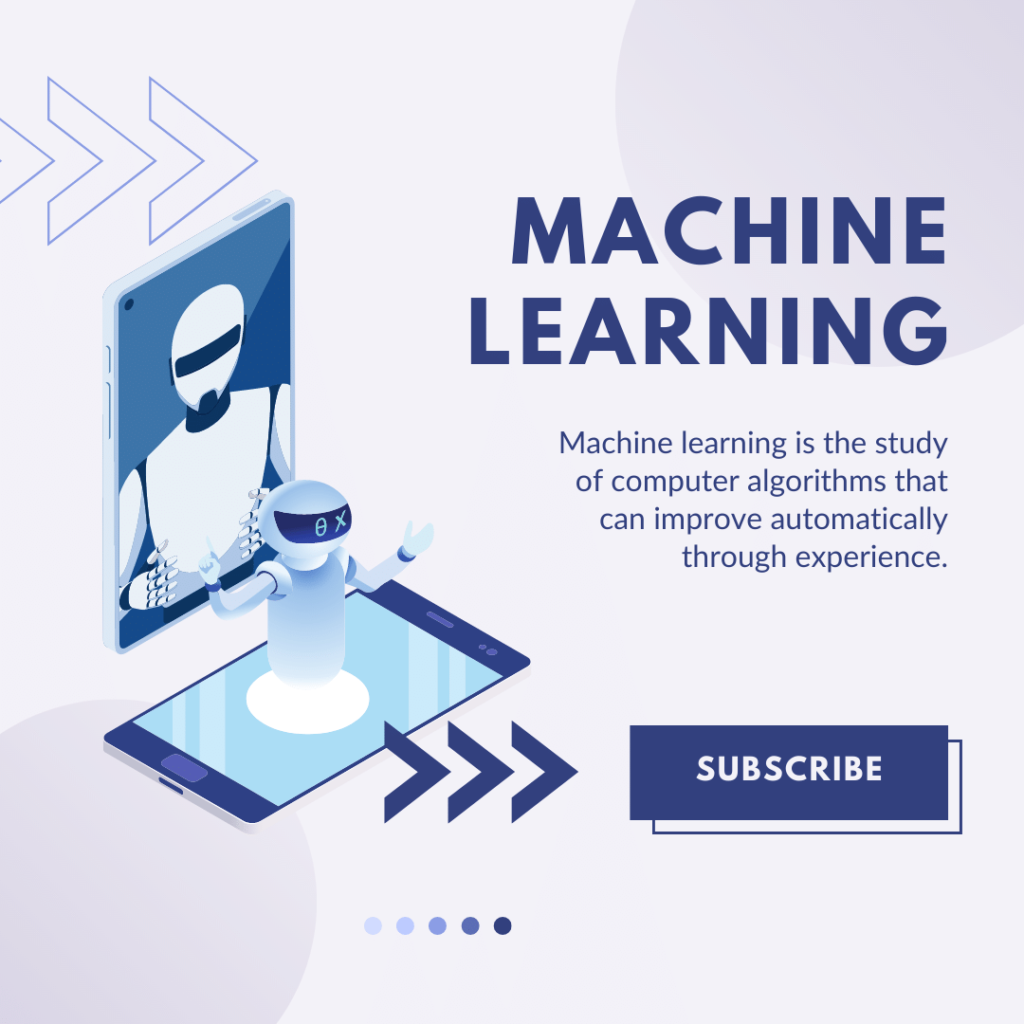
AI stands for Artificial Intelligence, if we do the actual meaning of the word then it is a self-made intellectual, which means it is not natural like a human brain, but it tries to act like human brain intelligence. The Analytics domain helps us analyze things to get insights from them, AI (Artificial Intelligence), Machine Learning (ML), and Deep Learning (DL) algorithms also help us to analyze and study things.
These terms can be defined as follows:
- Artificial Intelligence: Algorithm and system that exhibit human-like intelligence.
- Machine Learning: A subset of AI that can learn to perform a task with extracted data and/or models.
- Deep Learning: A subset of machine learning that imitates the functioning of the human brain to solve problems.
This relation of AI, ML, and DL is not accepted by all, there is another school of thought that believes that AI and ML are different with some overlaps. The important point is that all of them are algorithms, which are nothing but a set of instructions used for solving business and social problems.

Machine Learning is a set of algorithms that have the capability to learn to perform tasks such as prediction and classification effectively using data.
Machine Learning algorithms are mainly classified into Four Parts:
- Supervised Learning Algorithms.
- Unsupervised Learning Algorithms.
- Reinforcement Learning Algorithms.
- Evolutionary Learning Algorithms.
Supervised Learning Algorithms:
These algorithms require knowledge of both the outcome variable (dependent variable) and the features (independent variable or input variables). The algorithm learns by defining the loss function which is usually a function of the difference between the predicted value and the actual value of the outcome variable. Algorithms such as linear regression, logistic regression, and discriminant analysis are examples of supervised learning algorithms.
Unsupervised Learning Algorithms:
These algorithms are a set of algorithms that do not have knowledge of the outcome variable in the dataset. The algorithms must find the possible values of the outcome variable. Algorithms such as clustering, and principal component analysis are examples of unsupervised learning algorithms.
Reinforcement Learning:
In many datasets and problem statements both input and output are uncertain, for example, consider the case of spell check in MS Word, if a person types “beautifuul” in MS Word then MS Word will check this spelling mistake and give suggestions around it as “beautiful”, “bountiful” and “dutiful”. Here the prediction is not one single value, but a set of values. These types of algorithms need to take sequential actions to maximize the cumulative reward.
E.g.: Markov Chain
Evolution Learning Algorithms:
Evolution algorithms are those that imitate natural evolution to solve problems.
E.g.: genetic algorithms, and colony optimization.
A typical ML algorithm uses the following steps:
- Identify the problem or opportunity for value creation.
- Identify the sources of data
- Pre-process the data for issues such as missing and incorrect data. Generate derived variables (feature engineering) and transform the data if required.
- Divide the dataset into subsets for the training and validation process.
- Build ML model and identify the best model via validation data set.
- Implement solution/decision/develop the product.
Suggestion: Use Python for ML algorithms writing and building models.
visit our website parichhat technologies
Visit our blog: http://asktech.io/blog
